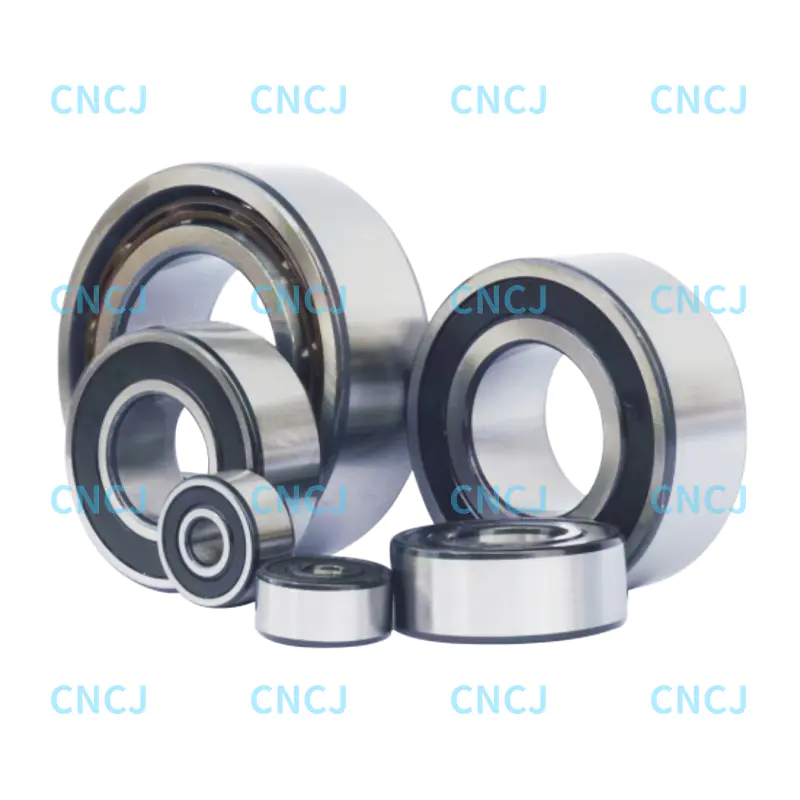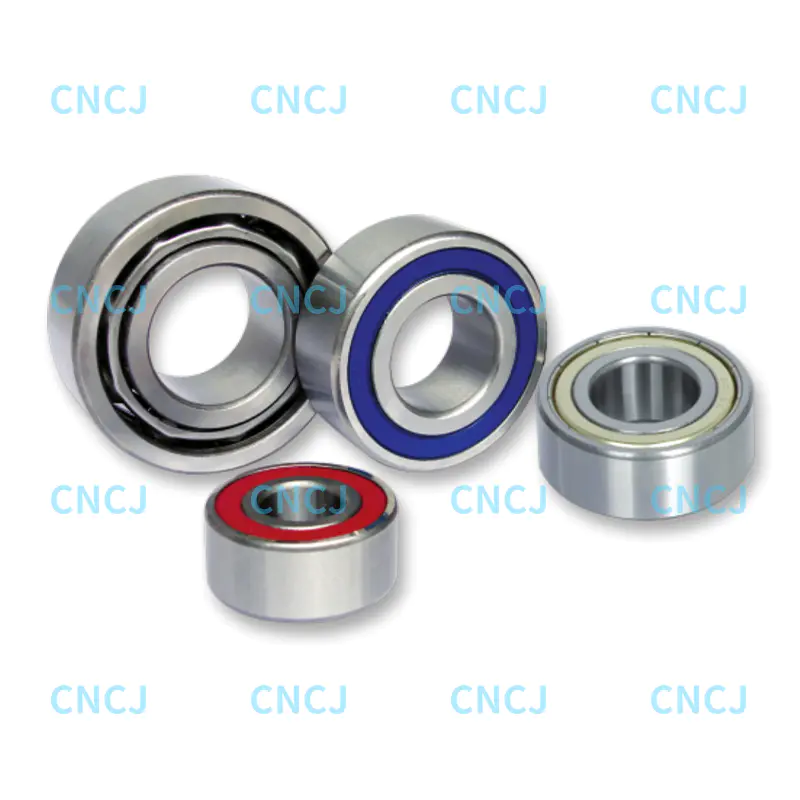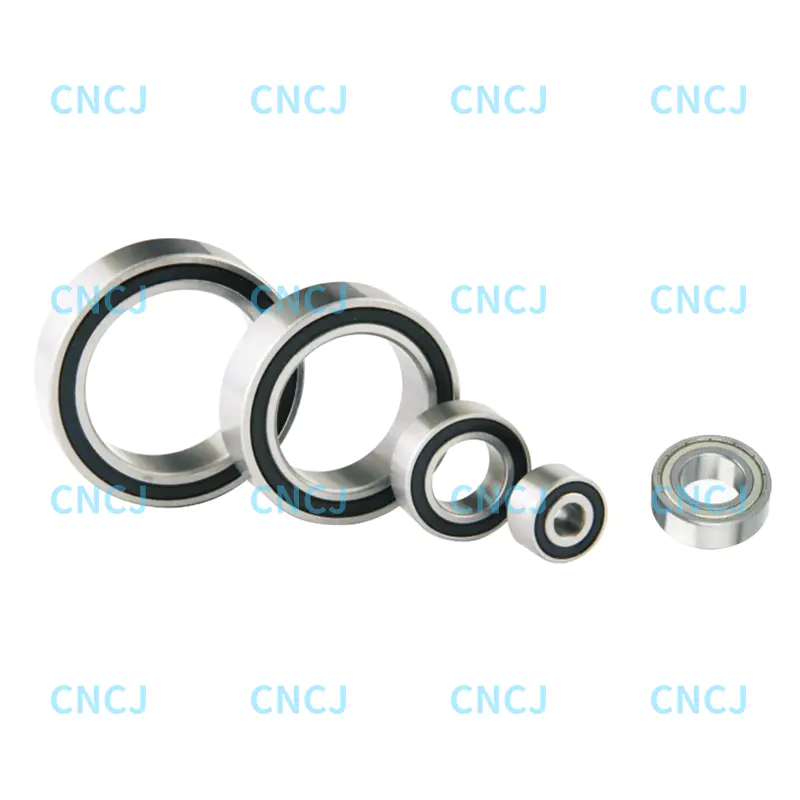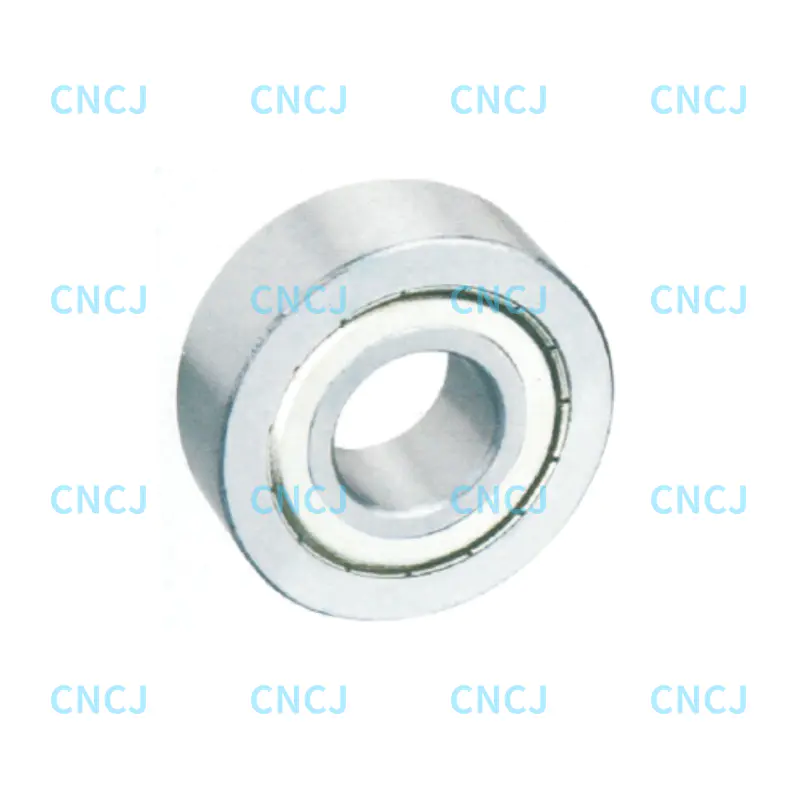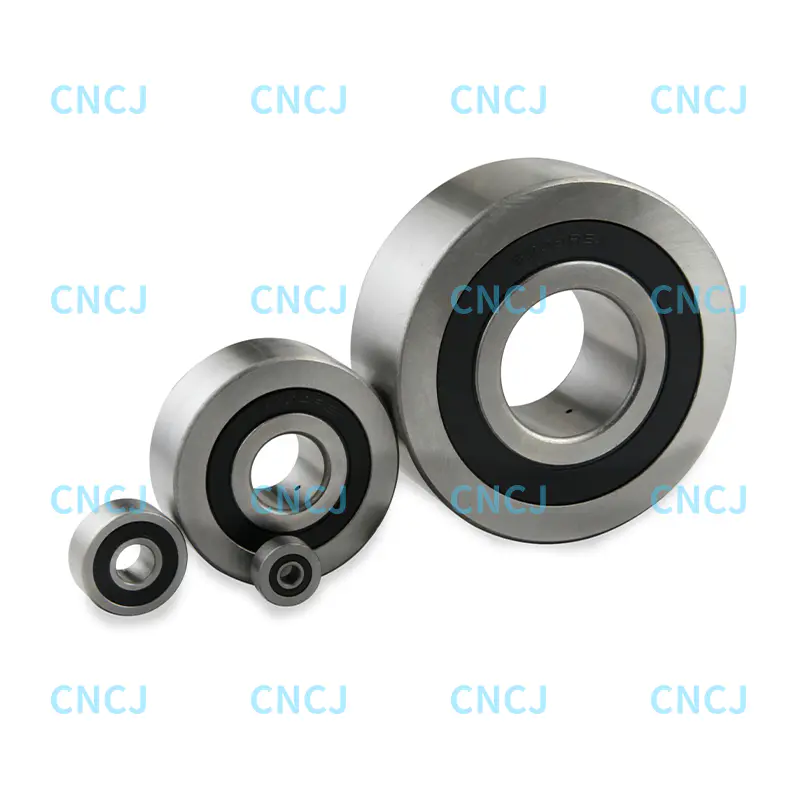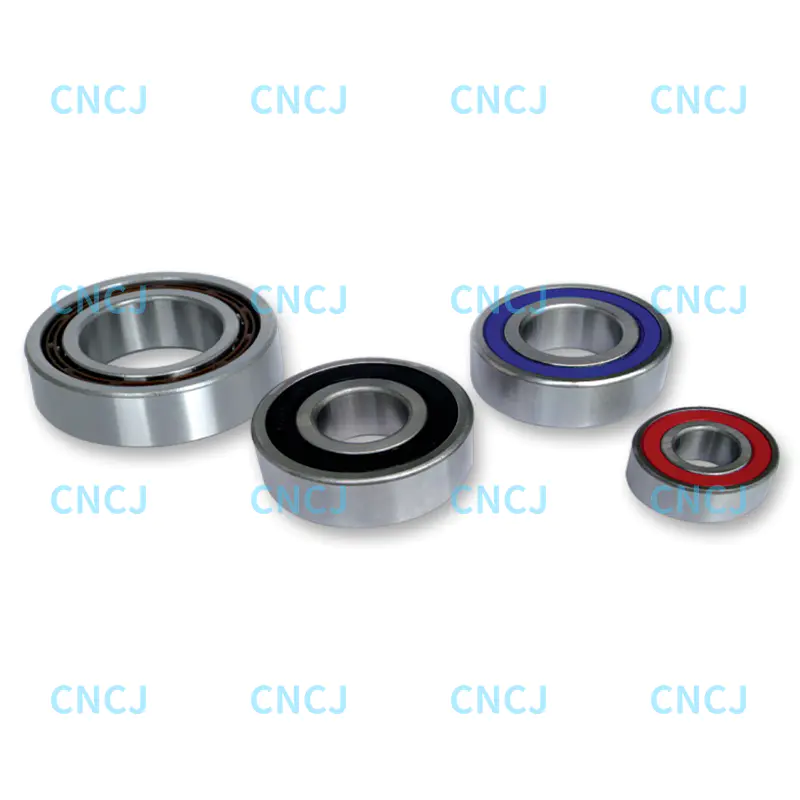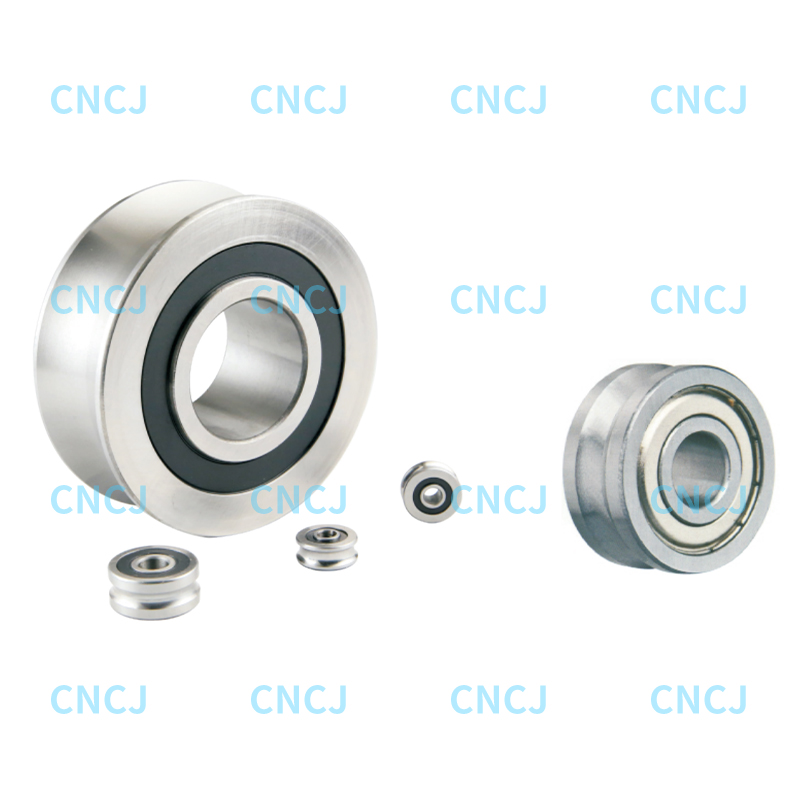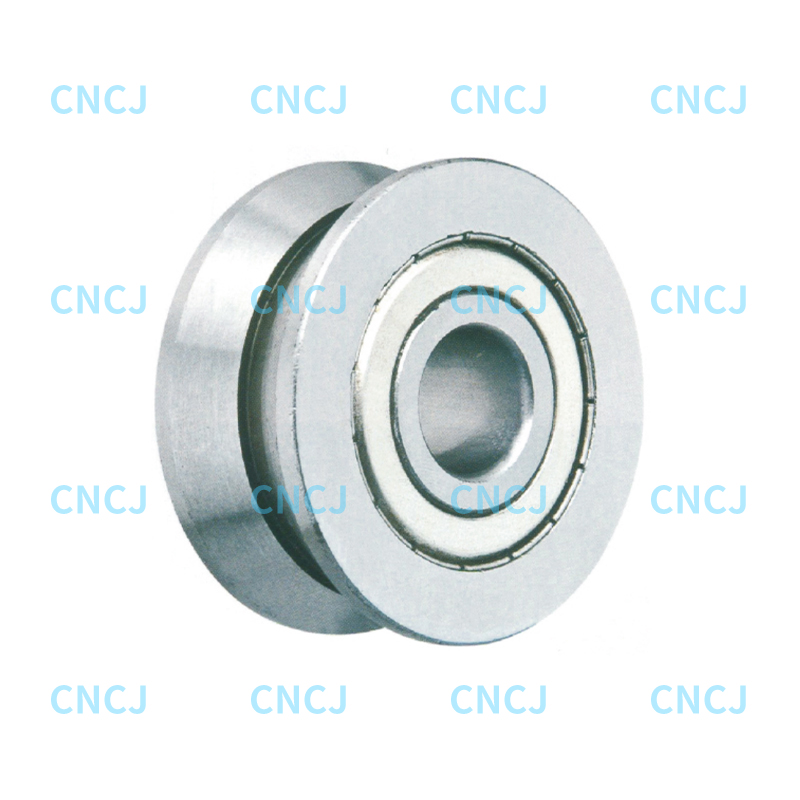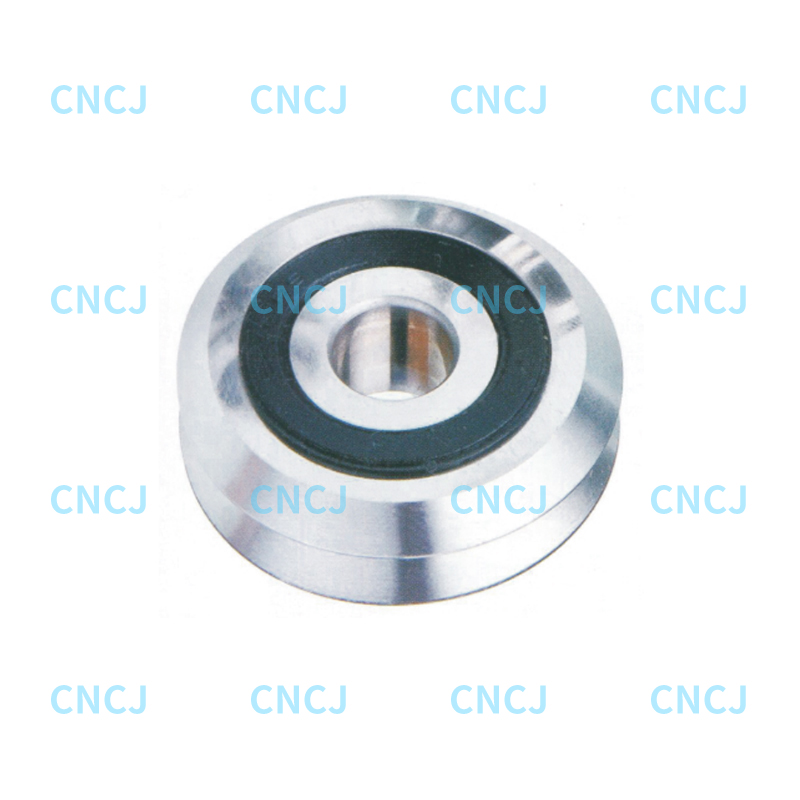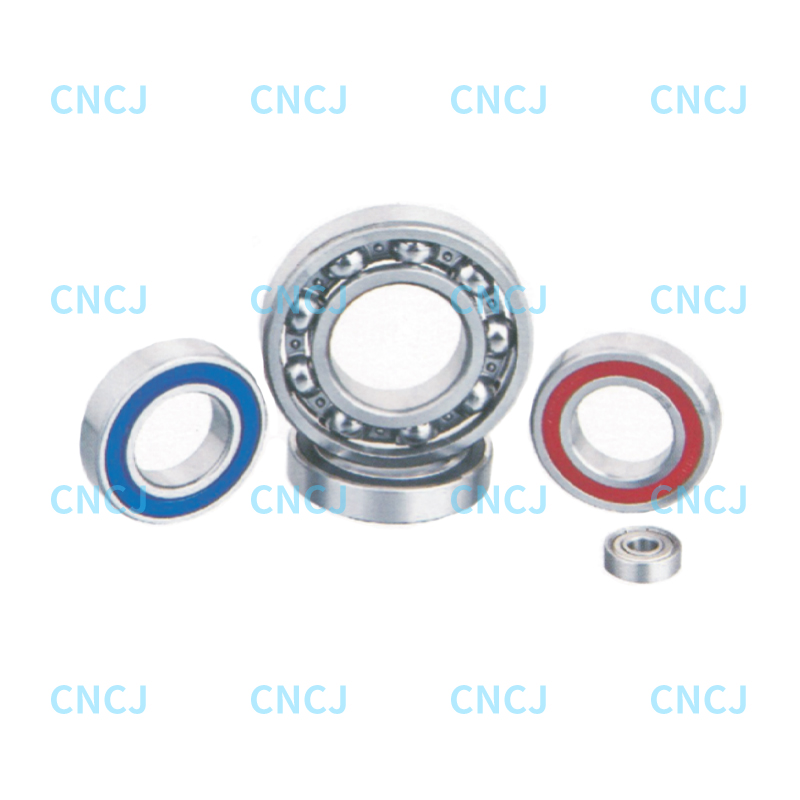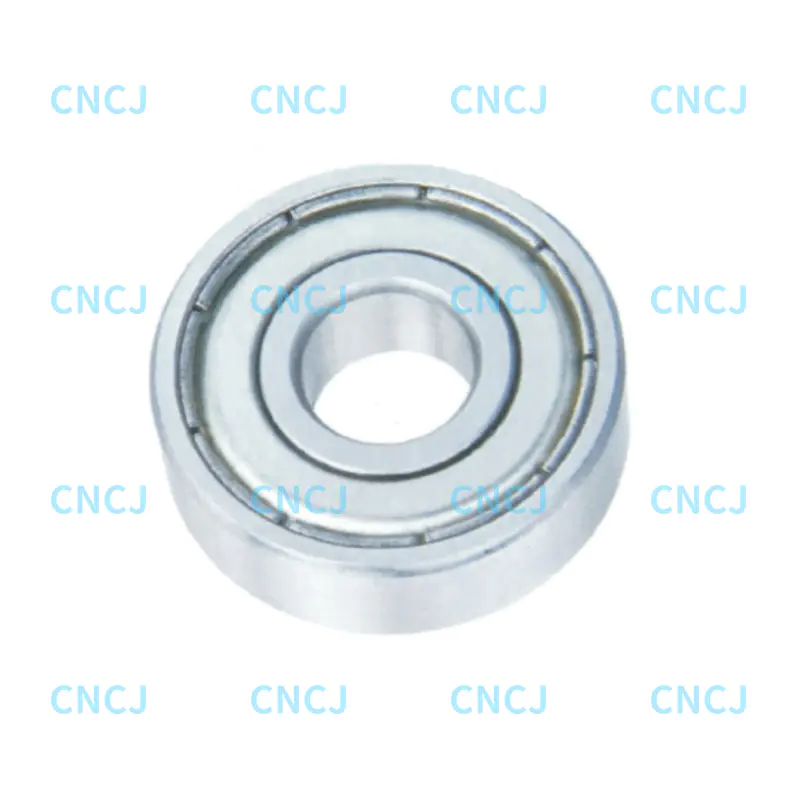What are the core performance requirements for bearings of heavy-duty industrial machinery?
The working environment of heavy industrial machinery is mostly high load, strong vibration and dust, so there are three core requirements for bearings. First of all, it has a high load-bearing capacity and must be able to withstand radial and axial composite loads. Some scenarios also need to deal with shock loads, which is directly related to the size of the bearing and the strength of the material. The second is wear resistance and high temperature resistance. The long-term continuous operation of the machinery will generate a lot of heat. The bearings need to use high-temperature-resistant grease and wear-resistant materials (such as high-purity bearing steel) to avoid lubrication failure and component wear caused by high temperature. Finally, there is sealing and dustproofing. A good sealing structure can prevent impurities such as dust and coolant from entering the bearing, reducing friction loss and failure risks.
What are the adaptation scenarios for common heavy-duty mechanical bearing types?
Different types of bearings are suitable for different parts of heavy-duty industrial machinery and need to be selected according to the stress characteristics. The center-aligning roller bearing has strong center-aligning ability and can compensate for the installation deviation of the shaft. It is suitable for use in paper machines, crushers and other equipment that are prone to axis misalignment. Tapered roller bearings can bear both radial and axial loads at the same time, and have a large load-bearing capacity. They are often used in cranes and loaders for wheel axles and reducers. Cylindrical roller bearings are suitable for heavy equipment such as machine tool spindles and steel rolling mills due to their outstanding radial load-bearing capacity and small friction coefficient. In addition, thrust ball bearings focus on bearing axial loads and can be used in scenarios dominated by axial forces such as hydraulic presses and presses.
What parameters and environmental factors should be considered when selecting a model?
Bearing selection requires a dual dimension of parameter matching and environmental adaptation. In terms of key parameters, the rated load of the equipment (including radial and axial load), speed range, working temperature, etc. must be clarified to ensure that the rated dynamic load and static load of the bearing meet the equipment needs, and the speed does not exceed its limit speed. Among environmental factors, mining machinery with more dust should choose bearings with contact seals; chemical equipment with wet or corrosive media should use anti-rust coatings; metallurgical equipment in high-temperature environments should be made of high-temperature grease and heat-resistant bearing steel. In addition, the size of the installation space will also affect the selection, such as thin section bearings required for compact structures.

 English
English 中文简体
中文简体 Deutsch
Deutsch Español
Español